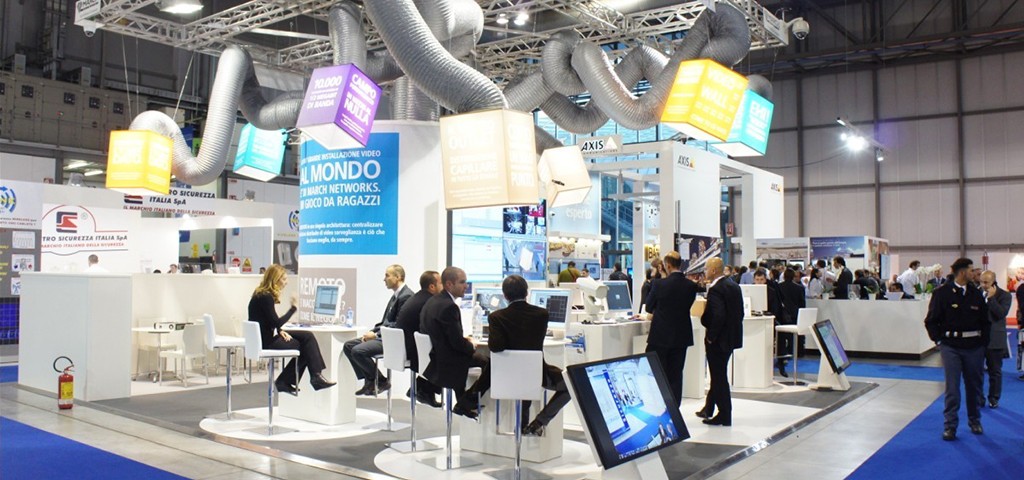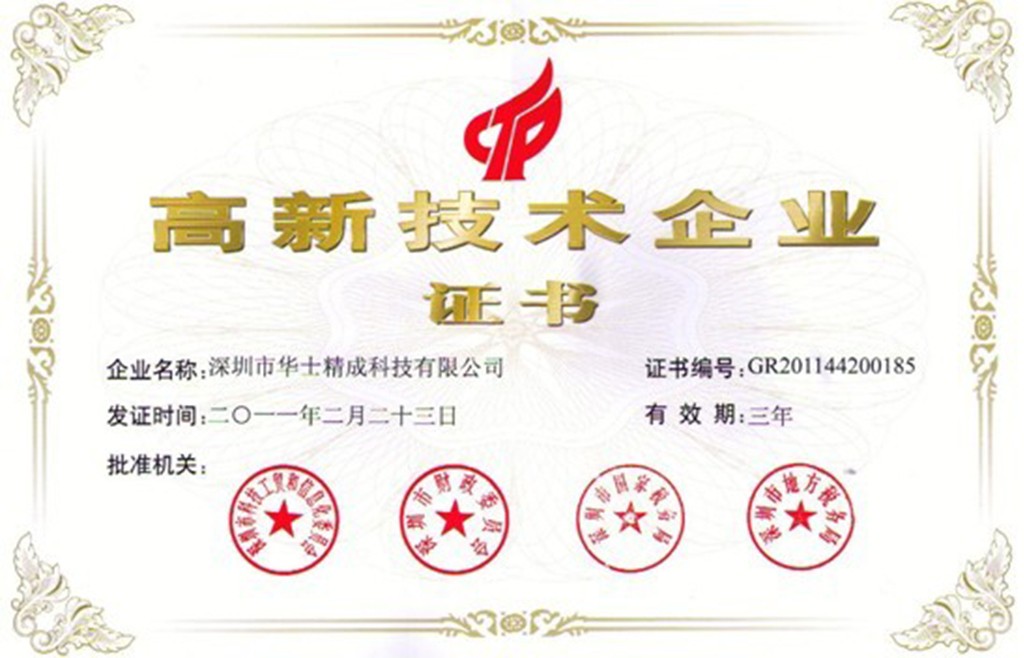
Marktrace’s vice-manager attended Hong-men Technology Co,.Ltd Suppliers High Class Meeting 2010

Marktrace Technology Co., Ltd are living in the Bay Ridge Hotel and holding 2010 New Year celebratio
Date:2010-03-24
Dec 31th, 2009, all employees Marktrace Technology Co., Ltd are living in the Bay Ridge Hotel and holding 2010 New Year celebrations. Our president, Mr Ivy Diao made a speech on the outlook 2010 Regal refined into the face of Marktrace, analysis International predicts that by 2010 China and overseas RFID market will be much higher than in 2009. Our company will launch a new industrial-grade handheld devices, especially the 3G launched, RFID and 3G will be closely integrated, using RFID technology for mobile payment. Bearer financial services integration capabilities.
?? ?In addition, to old 2009 and welcoming 2010, tomorrow will be better. Gather together,
sing and dance, bring out of our arms, along with fly tomorrow and future!

Marktrace will attend EXPOSEC 2014, the International Security Fair in Brazil
EXPOSEC 2014, the International Security Fair
Date: 13-15,May,2014
Imigrantes Exhibition Center, Brazil
ADD.:Centro de Exposicoes Imigrantes Rod. dos Imigrantes,
km.1,5 – CEP: 04329-900 – Sao Paulo/SP, Brazil
Booth: China 104
You are very welcome to visit us!

China Mobile Issues Special SIM cards
High tech precipitation, marktrace clinch the “double high” enterprises
2013 24 01
March 5, 2012 Shenzhen marktrace Co. the company successfully won the “national high tech enterprise” certificate.
January 21, 2013 Shenzhen marktrace Co. Ltd. has successfully won the “Shenzhen high tech enterprise certificate”
“National hi tech enterprise” and “Shenzhen high-tech enterprises” is the confirmation of the soft power of the company. Along the way, marktrace guide in the RFID industry leader, precipitated solid technical foundation.
Subsequent marktrace continue to “to build high-tech Hua Shi Jing, to create the world’s leading networking companies” for the vision, continue to walk the road of development of innovation of science and technology, make the industry leader, for the realization of “the world” to contribute their strength

World’s Largest Cruise Ship Launches RFID-based Passenger-Tracking System
‘s Oasis of the Seas set sail from Helsinki on its maiden voyage in December 2009, the cruise ship offered its passengers more than two 40-foot-long surfing pools, a zip line, a 30-foot-tall rock-climbing wall and a host of other amenities. The 1,200-foot-long vessel—the world’s largest cruise ship—also provided its customers with an RFID-based application that offers families and other groups a way to track their members.
The application employs real-time locating system (RTLS), which includes Wi-Fi-based RFID tags in badges or wristbands, and an Apple iPhone, which can access each tag‘s location on its screen displaying a map of the ship. The location information is transmitted to the iPhone via the ship’s existing Wi-Fi nodes. The system also enables the iPhone user to send an alert when needed, to those wearing the wristbands.
|
Bill Martin, Royal Caribbean’s VP and CIO
|
“The goal was to allow our guests to more freely communicate with each other as they explored the ship, as well as keep tabs on their kids,” says Bill Martin, Royal Caribbean’s VP and CIO. When selecting a system for tracking passengers, he indicates, the cruise line decided to take advantage of the ship’s existing Wi-Fi network, installed to provide onboard guest communications.
Royal Caribbean installed a Wi-Fi network of nearly 1,000 access points on the ship, with plans for a host of wireless services intended to improve passengers’ experience on board—all under the name Royal Connect. The iPhones offer the passengers the ability not only to locate their party members, but also to make reservations at restaurants and spas by calling or sending messages to those merchants, track daily activities by accessing daily postings of those activities, and receive notifications when, for example, their table is ready at a restaurant.
One service in which the cruise line was interested was helping passengers track their group or family members. Without technology, searching for a missing passenger would require a considerable amount of time and effort, especially onboard a vessel the size of the Oasis of the Seas. There are as many as 6,000 passengers at a time, along with 2,000 crew members; 16 passenger decks; a “Central Park” with boutiques, restaurants and bars; a spa; a fitness center; and more.
The Wi-Fi-based tracking solution with tags that could transmit a unique ID number to the vessel’s existing Wi-Fi nodes. This software determines each tag’s location within 10 to 15 feet, based on signal strength and data related to tag movement, in order to predict in which direction that individual is moving. The tag’s ID number, along with its location, is forwarded to the software, running on a back-end server. This software receives that ID number and forwards the tag’s location—and, thereby, that of the individual wearing it—to the appropriate iPhone.
Since its maiden voyage, the ship has continued to make several other trips around the Caribbean, and a number of passengers have rented the tags and iPhone for the duration of their cruise. Thus far, Martin says, “the system has been very well received.”
Because the tags communicate over a Wi-Fi network, Shoemaker says, they were a good choice for a cruise ship, which already has an existing Wi-Fi network in place, and a cruise line is unlikely to want to install a secondary infrastructure for something like a separate RFID system. Initially, he notes, passengers utilized badges that clipped onto clothing or backpacks. However, the company now provides its newly released wristbands, which have the functionality to not only beacon their location (as the badges did), but also receive information from the Wi-Fi nodes in the vicinity if, for instance, the passenger with the iPhone sends an alert. In that case, the signal would be received by the wristband tag, causing it to vibrate. The wristbands are powered with a rechargeable battery. When a one-week cruise is finished, Shoemaker says, the wristbands are collected and the batteries can be recharged

ShenZhen Marktrace Co.,Ltd. will be exhibited on RFID World Asia 2010, held in Singapore from April
We will present full series of products, UHF Integrated middle or long range reader/writer, UHF Desktop Reader/Writer, UHF Fixed reader/writer, Rugged handheld reader, 2.4GHz active reader, locator and active tag.
Our products involve several technologies such as? UHF 902~928MHz(FCC), 865~868MHz(CE) frequency Passive reader which is compliance to ISO180006B and ISO180006C(EPC Gen 2). The series products meet wide range applications, such as warehouse management, supply chain Logistics, Access Control, Parking, real time locating,etc.

World’s Largest Cruise Ship Launches RFID-based Passenger-Tracking System
‘s Oasis of the Seas set sail from Helsinki on its maiden voyage in December 2009, the cruise ship offered its passengers more than two 40-foot-long surfing pools, a zip line, a 30-foot-tall rock-climbing wall and a host of other amenities. The 1,200-foot-long vessel—the world’s largest cruise ship—also provided its customers with an RFID-based application that offers families and other groups a way to track their members.
The application employs real-time locating system (RTLS), which includes Wi-Fi-based RFID tags in badges or wristbands, and an Apple iPhone, which can access each tag‘s location on its screen displaying a map of the ship. The location information is transmitted to the iPhone via the ship’s existing Wi-Fi nodes. The system also enables the iPhone user to send an alert when needed, to those wearing the wristbands.
|
Bill Martin, Royal Caribbean’s VP and CIO
|
“The goal was to allow our guests to more freely communicate with each other as they explored the ship, as well as keep tabs on their kids,” says Bill Martin, Royal Caribbean’s VP and CIO. When selecting a system for tracking passengers, he indicates, the cruise line decided to take advantage of the ship’s existing Wi-Fi network, installed to provide onboard guest communications.
Royal Caribbean installed a Wi-Fi network of nearly 1,000 access points on the ship, with plans for a host of wireless services intended to improve passengers’ experience on board—all under the name Royal Connect. The iPhones offer the passengers the ability not only to locate their party members, but also to make reservations at restaurants and spas by calling or sending messages to those merchants, track daily activities by accessing daily postings of those activities, and receive notifications when, for example, their table is ready at a restaurant.
One service in which the cruise line was interested was helping passengers track their group or family members. Without technology, searching for a missing passenger would require a considerable amount of time and effort, especially onboard a vessel the size of the Oasis of the Seas. There are as many as 6,000 passengers at a time, along with 2,000 crew members; 16 passenger decks; a “Central Park” with boutiques, restaurants and bars; a spa; a fitness center; and more.
The Wi-Fi-based tracking solution with tags that could transmit a unique ID number to the vessel’s existing Wi-Fi nodes. This software determines each tag’s location within 10 to 15 feet, based on signal strength and data related to tag movement, in order to predict in which direction that individual is moving. The tag’s ID number, along with its location, is forwarded to the software, running on a back-end server. This software receives that ID number and forwards the tag’s location—and, thereby, that of the individual wearing it—to the appropriate iPhone.
Since its maiden voyage, the ship has continued to make several other trips around the Caribbean, and a number of passengers have rented the tags and iPhone for the duration of their cruise. Thus far, Martin says, “the system has been very well received.”
Because the tags communicate over a Wi-Fi network, Shoemaker says, they were a good choice for a cruise ship, which already has an existing Wi-Fi network in place, and a cruise line is unlikely to want to install a secondary infrastructure for something like a separate RFID system. Initially, he notes, passengers utilized badges that clipped onto clothing or backpacks. However, the company now provides its newly released wristbands, which have the functionality to not only beacon their location (as the badges did), but also receive information from the Wi-Fi nodes in the vicinity if, for instance, the passenger with the iPhone sends an alert. In that case, the signal would be received by the wristband tag, causing it to vibrate. The wristbands are powered with a rechargeable battery. When a one-week cruise is finished, Shoemaker says, the wristbands are collected and the batteries can be recharged

Marktrace will appear in the Taibei International Security Technology Exposition.
IT is the most international and professional and the largest exposition in Asia about security and protection industry, and which will be held on 16~18th ,April in the 1th hall and second floor hall(A/B/C/D/H) of Taibei World Trade Exposition.Shenzhen Marktrace Techonology Co,Ltd will appear in the Exposition(international fair B1015.B1017),hoping that people from all walks can go there to visit.

Marktrace will take part in the “2008 Shenzhen International Smart Card and RFID World Fair and Stoc
The Fair will be held from 9th to 11thh,May in Shenzhen Exhibit Center.Shenzhen Marktrace Technology??will attend it with a variety of RFID readers and tags,welcome visitors of all walks to have a visit.

